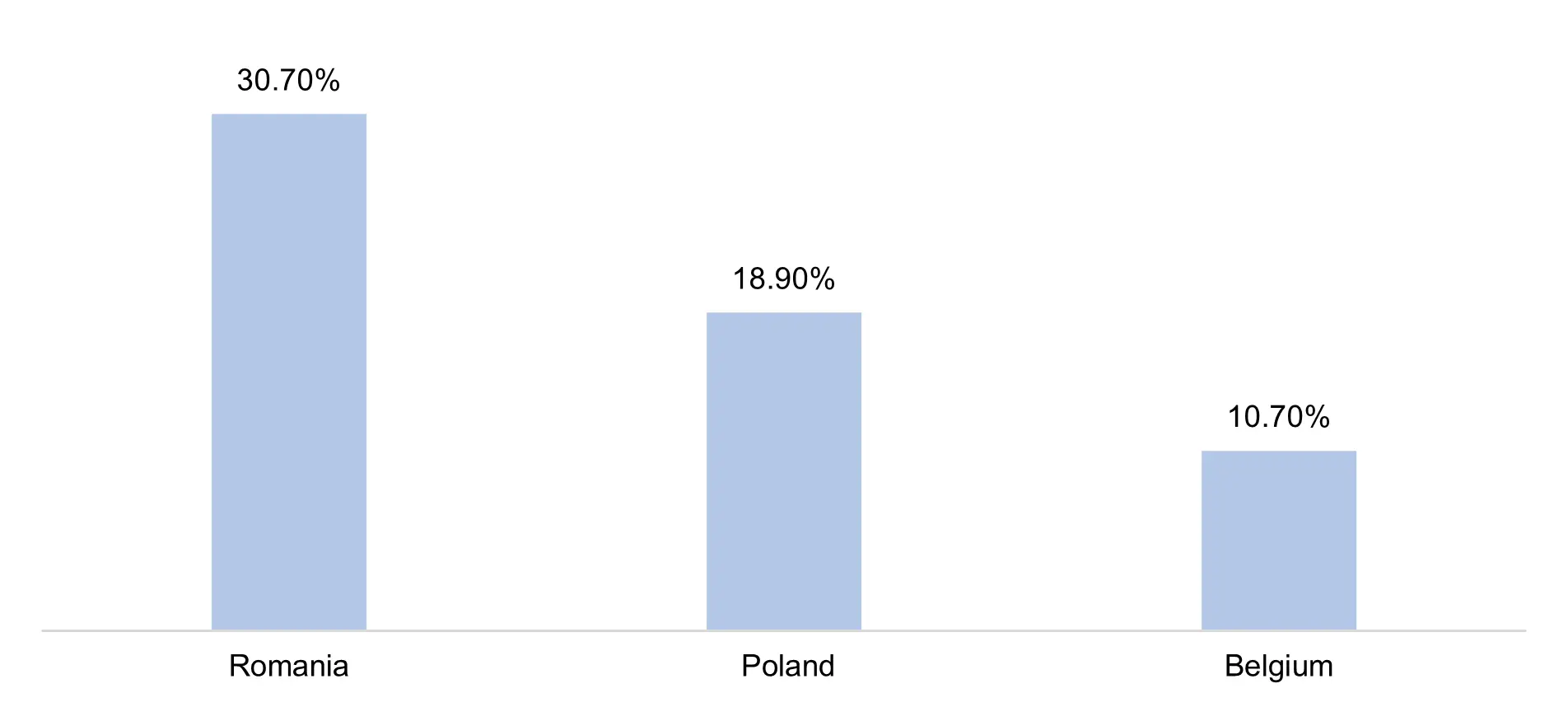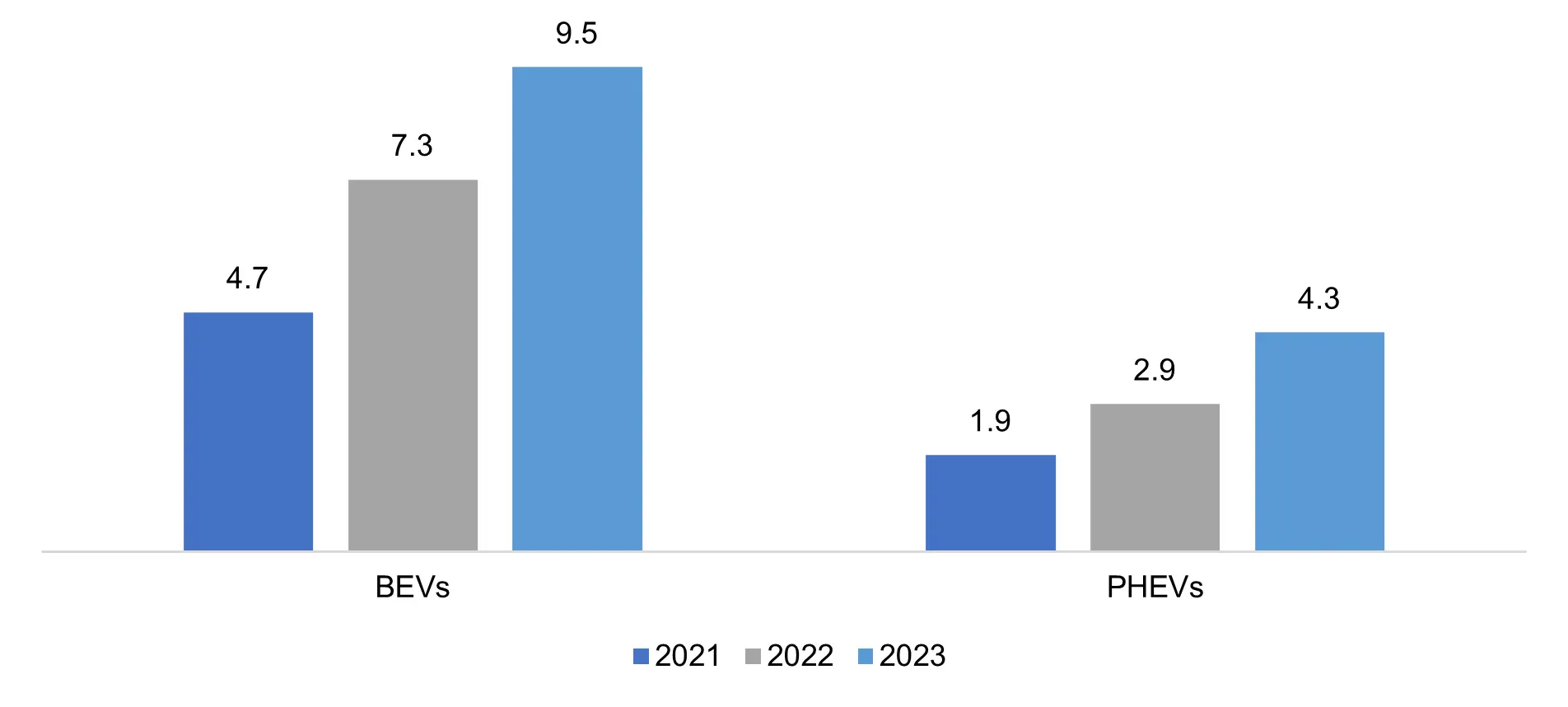Eco-Friendly Solutions: The Future of Sustainable Stain-Resistant Coatings
The stain-resistant coatings market around the world has been growing due to several factors. The major drivers are the development and growth of new housing projects, rising infrastructural projects around the world, growth in the automotive industry, rising demand for consumer goods, and growing awareness around the use of sustainable materials. The stain-resistant coatings have multiple applications in diverse industries, such as textiles, food packaging, electronics, and architectural surfaces, among others.
The growth of industrial coatings was mainly fueled by the rising demand for corrosion-resistant coatings across multiple industries. Additionally, the demand for high-performance coatings for industrial applications also contributed to the growth of the stain-resistant coatings market.
Driven by environmental concerns and increasing regulatory requirements, the adoption of eco-friendly stain-resistant coatings is on the rise. This trend is further supported by consumer sentiment, as evidenced by the Nielsen poll, 66% of global consumers are willing to pay more for environmentally responsible products.
The upcoming innovations, such as GreenShield and GreenShield ZERO, that are nanoparticle-based, reduce the health and environmental impact of stain-resistant fabric finishes. GreenShield reduces the amount of fluorochemicals required to repel oil-based stains, while GreenShield ZERO is a fluorine-free solution designed for water-based stain resistance. Both GreenShield and GreenShield ZERO utilize amorphous silica nanoparticles, a material also commonly found in products like toothpaste and cosmetic creams.
Further, in November 2024, Biesterfeld entered into a partnership with Anomer Inc., a Canadian manufacturer of sustainable cellulose advanced materials. As part of this new cooperation, Biesterfeld is aimed at expanding its product portfolio in the field of Coatings, Adhesives, Sealants, and Elastomers to include the nanocellulose products DextraCel HS and DextraCel HP.
Nanocellulose offers a sustainable alternative for a wide range of industrial uses. Products like DextraCel HS and DextraCel HP are based on nanocellulose particles and consist of 100% cellulose without any additives. DextraCel enhanced mechanical benefits like scratch, stain, and abrasion resistance. Their versatility makes it suitable for numerous coating applications, including those for wood and concrete floors, automotive interiors, paints, inks, varnishes, as well as leather and textile coatings.
Anomera Inc.’s partnership with Biesterfeld gives them access to European markets. This also allows for the distribution of advanced cellulose technologies.
- Innovative solutions as alternative products
HRL Laboratories announced the development of an innovative antimicrobial biphasic polymer coating designed to combat viruses and bacteria on surfaces in February 2025. It can also maintain the high durability standards. In collaboration with Boeing and GM, HRL invented a biphasic polyurethane coating. It solves two phases: the challenges of extended microbial protection and damage resistance, a durable polycarbonate phase, and a transport-enabled polyethylene glycol phase. This can be applied to high-traffic environments in public and commercial settings, in which the coating’s extended compliance is required. This application is notable in the stain-resistant coatings market.
Moreover, BASF introduced an eco-friendly, water-based furniture coating designed to prevent persistent stains from coffee, red wine, and mustard on white furniture. This single-component, water-based coating also offers excellent scratch resistance and hardness.
- The replacement for PFAS
PFAS (per- and polyfluoroalkyl substances) are conventional stain-resistant coatings that are known for their toxicity. This poses risks to both the environment and human health. The replacement of PFAS industrial coatings is a major challenge, as it has strong functional properties. PFAS offer distinctive properties, including low aqueous surface tension, water and oil repellency, non-flammability, non-stickiness, and low friction.
The new BIOSUPHYOL project (BIO-based, SUPerHYdrophobic and OLeophobic) is used to explore natural and sustainable compounds to create bio-based protective coatings, aiming for products that are 80 to 100% biobased. One such product is cellulose microfibers (CMF), whose water and oil repellency is enhanced by surface grafting with non-toxic, non-persistent, low surface energy compounds such as fatty acids or hydrophobic proteins. The raw materials for coatings will be sourced from plant-based feedstocks originating in the agri-food, textile, and wood industries. To improve the mechanical stability and durability of the coatings, physical crosslinking via charge interactions between coating components will be employed, and UV-induced crosslinking methods will be used to avoid hazardous chemicals. The project’s overall goal is to develop high-performance, sustainable coatings that can effectively replace traditional PFAS-based solutions.
- Demand growth from the construction industry
There is significant growth in the construction industry, leading to an increase in demand for stain-resistant coatings. The construction industry will be driving the stain-resistant coatings market. According to Eurostat, annual average production in construction for the year 2023, compared with 2022, increased in both the euro area and the EU. However, in the European Union, building construction increased by 1.1% from 2022 to 2023, and civil engineering increased by 4.1%. Countries with significant increases are Romania, Poland, and Belgium, which are the top countries showing significant growth in the region, with the 30.7%, 18.9%, and 10.7% increase, respectively. This increase in the construction industry indicates an overall increase in raw materials for inputs in the construction industry, including stain-resistant coatings.
Highest Annual Increases in Production in Construction, in %, EU, 2023

Source: Eurostat
- Demand growth from the automobile industry
This increase in the production of vehicles leads to the demand for stain-resistant coatings in the automotive industry. The coatings are necessary for providing a better look and protecting the car’s surface from heat and moisture. The production of vehicles, especially electric vehicles, is projected to increase in the future, which would further be expected towards the growth of the stain-resistant coatings market.
According to the OICA (International Organization of Motor Vehicle Manufacturers), the overall production of vehicles has expanded by 10% in 2023, compared to the previous year. The number of vehicles produced was 93,546,599, out of which 67,133,570 are cars and 26,413,029 are commercial vehicles. These increases are from major economies of India, China, Canada, Germany, France, Japan, the United States, the United Kingdom, etc. In the USA, the market has expanded by 6%, in the UK, the expansion was 17%, and in China, it has a 12% increase.
Further, according to the International Energy Agency, BEV (Battery Electric Vehicles) sales were 4.7 million in 2021, went to 7.3 million in 2022, and reached 9.5 million in 2023. The sale of PHEVs (Plug-In Hybrid Electric Vehicles) reached 4.3 million in 2023.
EV Sales, Cars, World, in Millions, 2021 to 2023

Source: International Energy Agency
Find some of our related studies:



